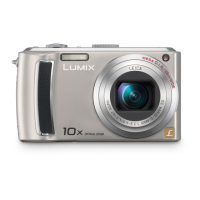
Do you have a question about the Panasonic LUMIX DMC-TZ4 and is the answer not in the manual?
| Megapixel | 8.1 MP |
|---|---|
| Camera type | Compact camera |
| Sensor type | CCD |
| Image stabilizer | Yes |
| Supported aspect ratios | 3:2, 4:3, 16:9 |
| Maximum image resolution | 3264 x 2448 pixels |
| Digital zoom | 4 x |
| Optical zoom | 10 x |
| Focal length range | 4.7 - 47 mm |
| Interface | USB 2.0 |
| Digital SLR | No |
| Camera shutter speed | 8 - 1/2000 s |
| Effective sensor resolution | 1 pixels |
| Focal length (35mm film equivalent) | 28 - 280 mm |
| Focus adjustment | Auto |
| Normal focusing range | 0.5 - ∞ m |
| Auto focusing (AF) modes | monitoring auto focus, single auto focus |
| Macro focusing range (tele) | 1 - ∞ m |
| Macro focusing range (wide) | 0.05 - ∞ m |
| Normal focusing range (tele) | 2 - ∞ m |
| Flash modes | Red-eye reduction, Slow synchronization |
| Flash range (tele) | 0.3 - 3.1 m |
| Flash range (wide) | 0.6 - 6.3 m |
| Internal memory | 50 MB |
| Compatible memory cards | mmc, sd |
| Motion JPEG frame rate | 30 fps |
| Maximum video resolution | 848 x 480 pixels |
| Display diagonal | 2.5 \ |
| I/O ports | AV HD AV |
| USB version | 2.0 |
| Scene modes | beach, Candlelight, Children, Close-up (macro), Cuisine, Fireworks, Night landscape, Night portrait, party (indoor), Portrait, self-portrait, Sports, Sunset, Landscape (scenery) |
| Image editing | resizing, rotating, trimming |
| Photo effects | black&white, Neutral, Sepia, Vivid |
| White balance | auto, Cloudy, custom modes, Shade |
| Camera playback | single image, slide show, thumbnails |
| Product color | Black |
| Battery type | 3.7V |
| Battery capacity | 1000 mAh |
| Number of batteries supported | 1 |
| Bundled software | ArcSoft MediaImpression ArcSoft PanoramaMaker PhotofunStudio |
| Light metering | Centre-weighted, Spot |
| Depth | 36 mm |
|---|---|
| Width | 103 mm |
| Height | 59 mm |
| Weight | 208 g |
Essential safety warnings regarding fire, electric shock, and product damage.
Precautions for socket outlet accessibility and battery handling.
Step-by-step instructions for initial camera setup, battery charging, and basic operation.
Crucial pre-use checks to prevent damage and ensure proper operation.
Precautions against shocks, moisture, foreign objects, and condensation.
Step-by-step guide on how to connect the battery to the charger and charge it.
Instructions on how to correctly insert the battery and SD memory card into the camera.
Guide to setting the correct date, time, and date format for accurate picture imprinting.
Important settings for clock, date, and local time at overseas destinations.
How the camera recognizes scenes like Portrait, Scenery, Macro, and Night Portrait.
How to brighten subjects against backlight for better exposure.
Guide to selecting flash modes like Auto, Forced Flash On, and Red-eye reduction.
Techniques for using zoom and manually adjusting image brightness for desired shots.
Explanation of optical and extended optical zoom capabilities and their maximum ratios.
How to scroll through pictures and use playback zoom for detailed viewing.
Process for deleting a displayed picture and confirming the action.
Steps to select and delete multiple pictures or all pictures at once.
Explanation of different flash modes like Auto, Forced Flash On, and Red-eye reduction.
How to take close-up pictures from very short distances using MACRO mode.
How to select and set the self-timer duration for delayed picture taking.
Adjusting exposure for correct brightness in challenging scene conditions.
Automatically taking three pictures with different exposures for optimal results.
How to select and use scene modes like Portrait, Scenery, and Night Portrait.
How to select aspect ratio and quality settings for motion pictures.
Steps for starting, recording, and viewing motion pictures, including connectivity.
Choosing picture sizes for recording based on aspect ratio and desired quality.
Manually setting ISO sensitivity for clear pictures in darker locations.
Fine-tuning white balance if colors appear unnatural under different lighting.
Choosing the brightness measurement position for exposure correction.
Adjusting focus alignment based on subject position and number of subjects.
Steps to connect the camera to a computer for saving, playing, and emailing pictures.
Direct printing from the camera to a PictBridge compatible printer.
Viewing pictures and motion pictures on a TV screen using AV or Component cables.
Solutions for camera not working, LCD dimming, and inability to record pictures.
Troubleshooting tips for blurred pictures, incorrect focus, and optical image stabilizer effectiveness.
Addressing issues like coarse pictures, interference, and motion picture recording stopping midway.
Problems with TV image display, motion picture playback, and picture not full screen.
Solutions for computer not recognizing camera, printing issues, and printer compatibility.
Important notes on camera usage, electromagnetic interference, and avoiding damage.
Guidelines for cleaning, maintaining, and storing the camera and batteries properly.
Preventing damage to memory cards and data, and proper disposal methods.
Information on battery usage, charging, and handling precautions.
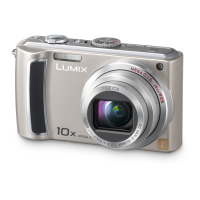
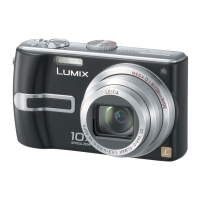
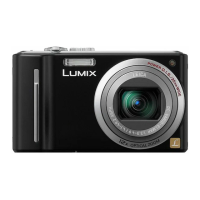
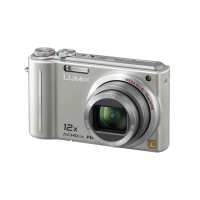
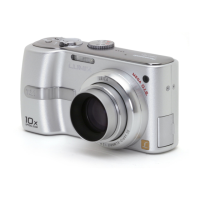
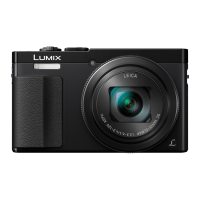
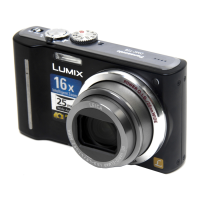
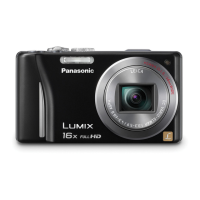
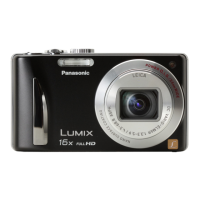
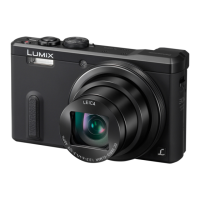
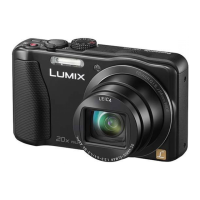
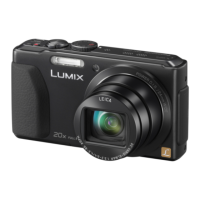
